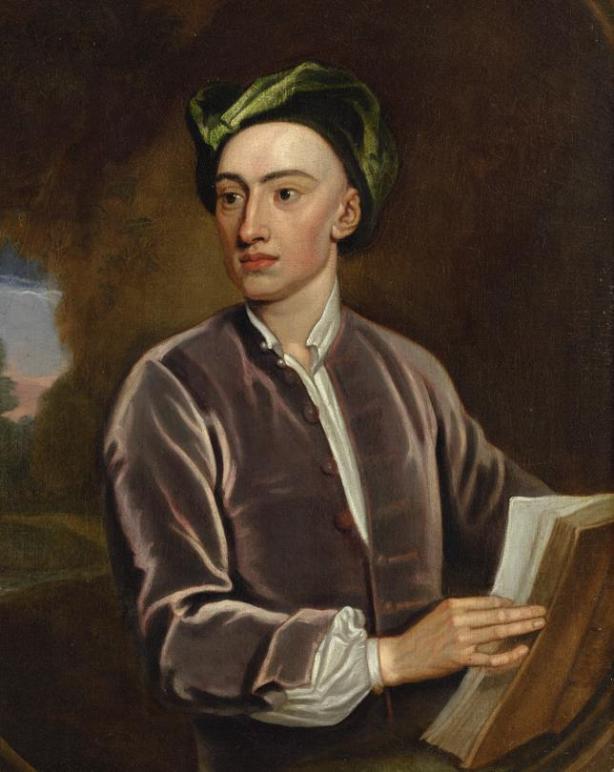HOLLYWOOD DIVAS: GRETA GARBO – PART 1
On September 18, 1905 a baby girl was born on the Stockholm island of Södermalm. Her parents would give her the name Greta Lovisa Gustafsson. How could anyone know that the young infant would one day become the world’s most famous woman? A woman whom everyone would come to know as Garbo.
 1914 — age 9 (that’s Garbo in the middle)
1914 — age 9 (that’s Garbo in the middle)
At the age of 14 Greta Garbo’s father died and the young girl was forced to leave school and get a job in order to help her disadvantaged family (her mother and two siblings).
She got herself a job at the Stockholm department store PUB, and it was not long after that the store would use Garbo’s unique look in their advertising campaigns. Soon after appearing in newspaper ad’s Garbo went on to make an advertising short for PUB, which would giver her first taste for film. After appearing in another short film, a comedy director gave Garbo a small part in his production of “Luffar-Petter” (1922) and soon after the young Greta received a scholarship at a drama school in Stockholm.
 1923 — age 18 (by Olaf Ekstrand)
1923 — age 18 (by Olaf Ekstrand)
In 1924 Garbo would make her big break through when famed director Mauritz Stiller gave her a part in his film “Gösta Berlings Saga”. Following the films success both Garbo and Stiller were offered contracts with MGM in California. Her first film there would be “The Torrent”, and slowly but surely Garbo became one of the silent eras biggest stars, making a series of films including “Love” and “A Woman of Affairs”.
It was during these early Hollywood years that Garbo also came close to getting married. But at the last minute she left groom John Gilbert standing at the altar in 1927. She would never marry, but rumours and speculation of her love life and interests would continue for years.
A successful box office star, Garbo’s talents were put to the test as talkies began to replace the silent film era. Everyone knew Garbo looked great, but how did she sound, and could she even speak English? Hollywood got the answer in 1930 when she played the title role in the 1930 film “Anna Christie”. Her divine looks were now accompanied by a dark and seductive voice, and as she spoke one of her first lines in the film (“Give me a whiskey. Ginger ale on the side. And don’t be stingy, baby”) the world became captivated. “Anna Christie” made Garbo a talking star and it garnered her an Oscar nomination for Best Actress.
A string of successful films followed, but it would be films like “Grand Hotel”, “Queen Christina”, “Anna Karenina” and “Camille” (which got her another Oscar nomination) that would forever be associated with her.
In 1939 Garbo made her first comedy, “Ninotchka”. It was a box office hit, and would get her another Oscar nomination. MGM had found a new way to market one of the world’s biggest stars; as a comedienne.
In 1941 Garbo made another comedy, “Two-Faced Woman”. The film would be her last.
After her Hollywood years Garbo moved to New York City.
 1951 — age 46 (by George Hoyningen-Huene)
1951 — age 46 (by George Hoyningen-Huene)
In 1951 she became an American citizen, and in 1954 she finally received an Oscar (a special award for her unforgettable performances). Over the next 30 years she would jet-set with some of the world’s best known personalities, and although she had not made a film since “Two-Faced Woman”, public interest never died.
 1965 — age 60 (by Cecil Beaton)
1965 — age 60 (by Cecil Beaton)
The paparazzi followed her and there were constant rumors of a comeback (some true, most false).Garbo would later reflect, saying that ”The story of my life is about back entrances, side doors, secret elevators and other ways of getting in and out of places so that people won’t bother me.” The world’s greatest movie star became known as the world greatest recluse.
Garbo’s health declined in her 80’s and on April 15, 1990, she died of natural causes in New York. In June of 1999 her remains were interred at Skogskyrkogården Cemetery in Stockholm.
Text from www.garboforever.com
To see the Part 2: The Films of Greta Garbo, just click here.
GARBO PORTRAITS































































































































